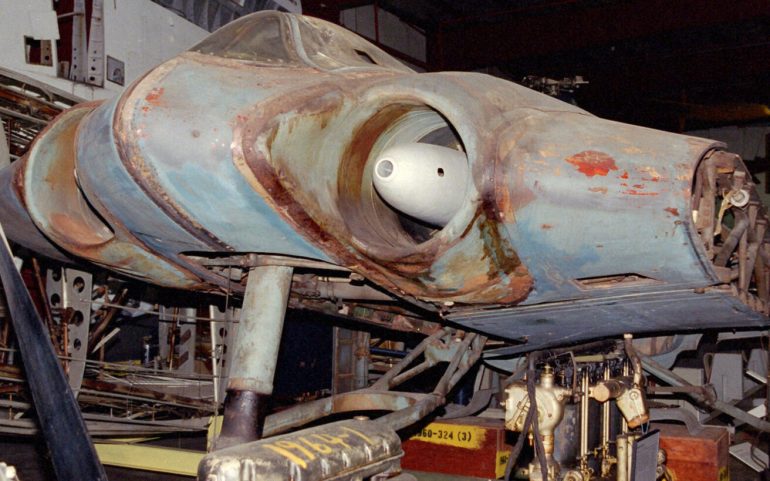There are times when reality turns out to be even stranger than fiction and we will talk about one here.
Which even appeared at a crucial moment for humanity, him World War II, and could have changed both the military balance and its own outcome.
It was the first all-wing jet ever seen by humans and was considered a scare for anything flying over it.
Anyone who has seen "Captain America: The First Avenger" (2011) will probably remember that the superhero fought the evil Nazis and the evil Red Skull, who tries to blow him up in a plane that looks completely out of place over the years. of World War II.
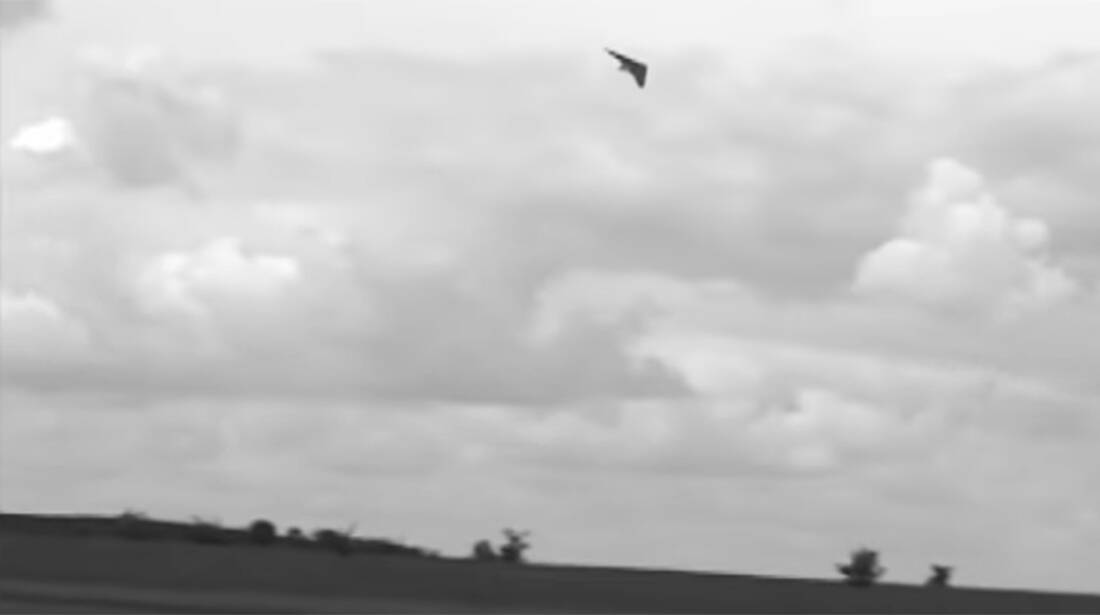
And while everything is fantastic in the superhero movie, very expensive visual effects and Hollywood magic, that is, the all-wing of Red Skull was real.
It may have come out of the creative imagination of the creators, but its similarities with the Ho 229 V3 are still impressive to go into detail.
Which is also exposed in Aviation Museum of the Smithsonian in Virginia, USA, and World War II scholars are well aware of this. Maybe the people who made the futuristic plane of the movie.
This was certainly not another crazy idea of the Nazis to steal the war, but the careful and always promising work of the Horten brothers…
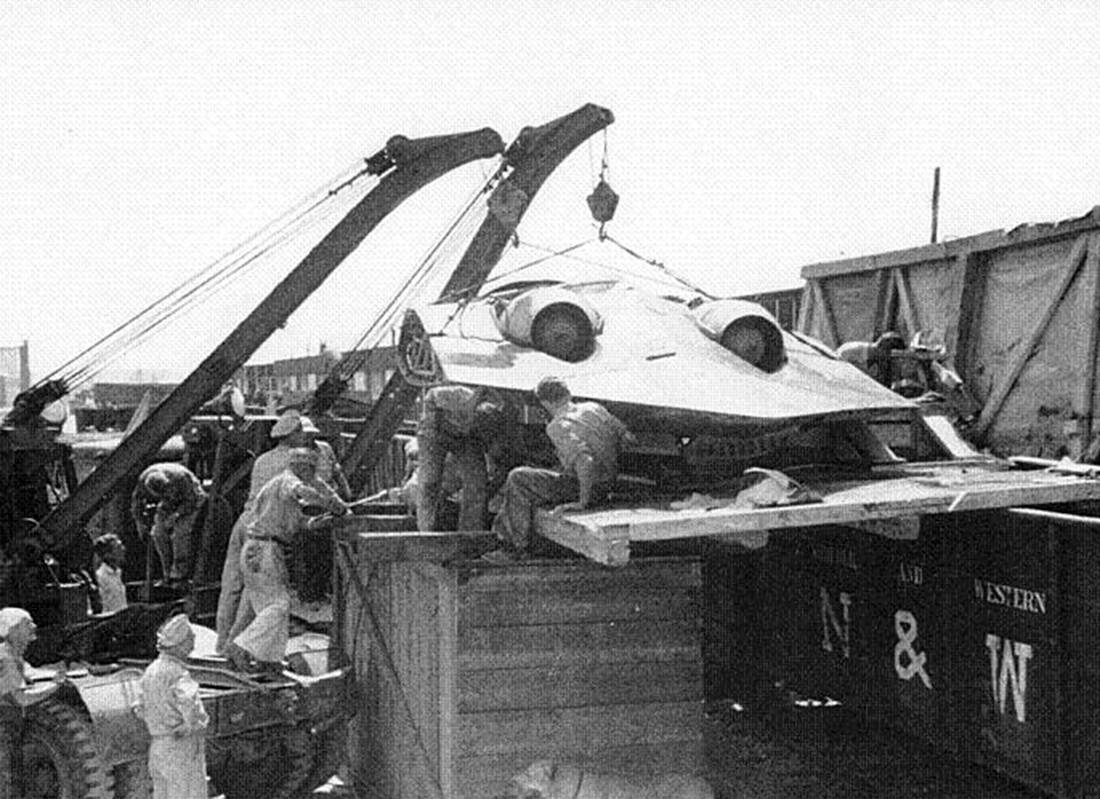
The Horten brothers, Walter and Reimar, self-taught aircraft engineers, were able to design and build some of the most revolutionary prototype airplanes of World War II.
They even worked on the idea of an all-wing jet before the outbreak of war, having presented many different "crazy". From large gliders to jet aircraft, even a huge bomber with 4 engines.
From their own work, aeronautics was fruitfully grafted after the war and things were made up to the infamous 200-ton stealth bomber. Northrop Grumman B-2.
"Raymar was a great designer and Walter a fighter pilot," explains Russell Lee, curator at National Air and Space Museum of America.

"One of the lessons they learned from her Battle of Britain was the need for a new fighter jet. "Walter thought an all-wing would be the answer to Germany's needs."
And so in 1942 the two terrible and formidable brothers set to work to design the prototype of what would eventually become the Horten 229. Lee is a scholar of their work and in 2011 he published a relevant book on the experimental plane, but also his career of Horten.
Its purpose, he says, was to dispel some of the myths surrounding the now legendary original. Like the No. 1 feature that usually accompanies the stories about the Horten 229, that you had stealth abilities!
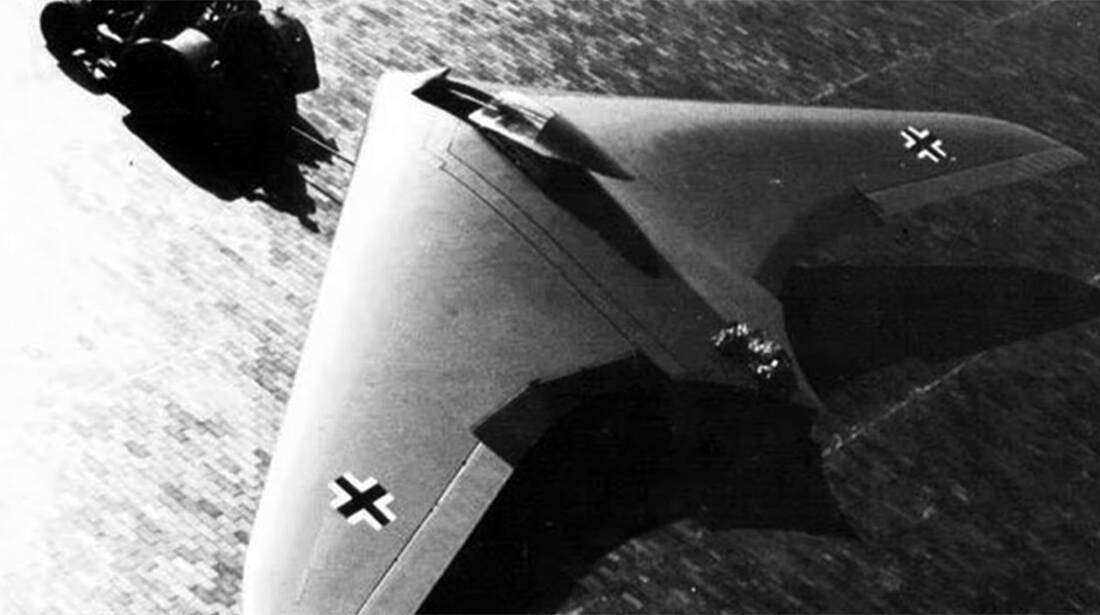
It's a myth fueled by its futuristic design. Such innovations would not be seen by aeronautics until years later. Of course, Walter Horten himself has a share of responsibility here.
His comments after the war led many to believe that the aircraft could fly unnoticed by radar.
Lee says, however, that Raymar "understood chemistry of stealth coatings and intended, or had already done, to add such material to Ho 229 V3 '. Both he and other scholars today say it was not "the world's first stealth fighter," but its aerodynamic design made it less visible on radar.
"The smooth surfaces and the fact that the aircraft did not have sharp angles could deflect some of these waves," says Lee. He and his research team at the Smithsonian certainly wanted to find out. Where did they end up?

That it was indeed less invisible on the radar. Although the Hortens did not even think of doing it stealth.
The Ho 229 V3 was undoubtedly far ahead of its time. With wingspan of 15 meters and no tail, there was nothing that flew in the air at that time and looked like him.
On paper, it could even surpass the German Messerschmitt Me 262, the first functional jet fighter the universe ever saw.
The Ho 229 reached speeds close to 1.000 km / h. Nothing was going so fast. The Me 262 was reaching 850 km / h, the American P-51 Mustang was locking at 700 km / h, while the British Supermarine Spitfire was just over 500 km / h.
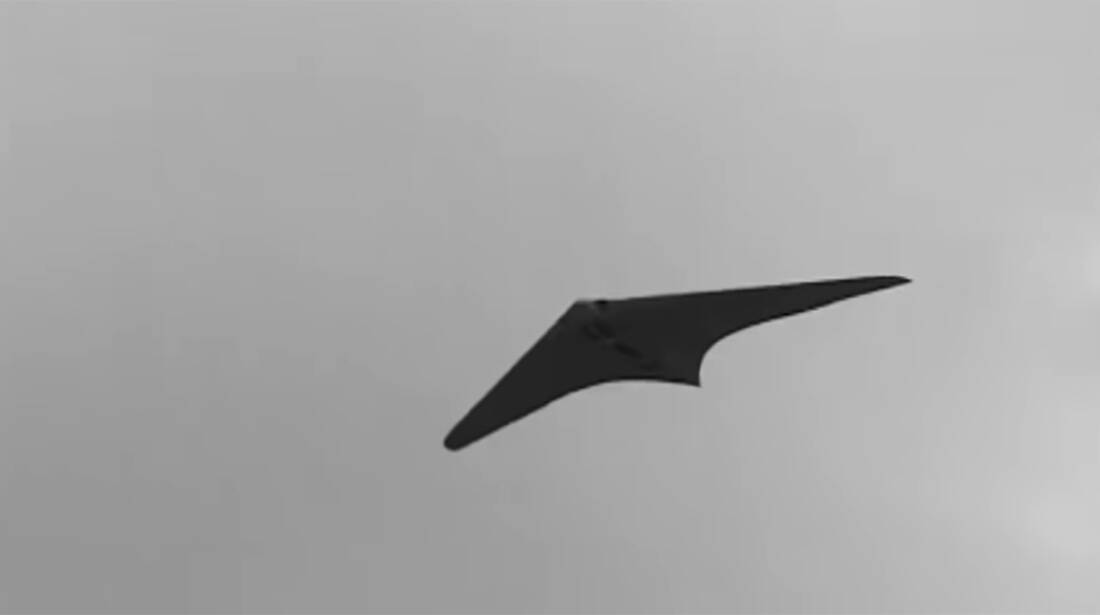
The Hortens had managed to give flesh and blood to all-wing design, a dream of the airmen from the very first moments of aviation.
The two brothers managed to develop a functional model that proved in practice that what the engineers had been dreaming of for decades was absolutely right.
The Hortens grew up in the interwar period, at a time when the Treaty of Versailles banned Germany from building motor aircraft. And so they experimented with gliders, presenting all-wing models that left engineers with their mouths open.
Of course, these were not trained engineers, so they all snubbed them. However, they worked independently in their laboratory and closed their mouths with every job.
Members of the Nazi party from children, with the outbreak of war became both pilots in the Luftwaffe. They also had a third brother, who was killed in Dunkirk by throwing a bomber.
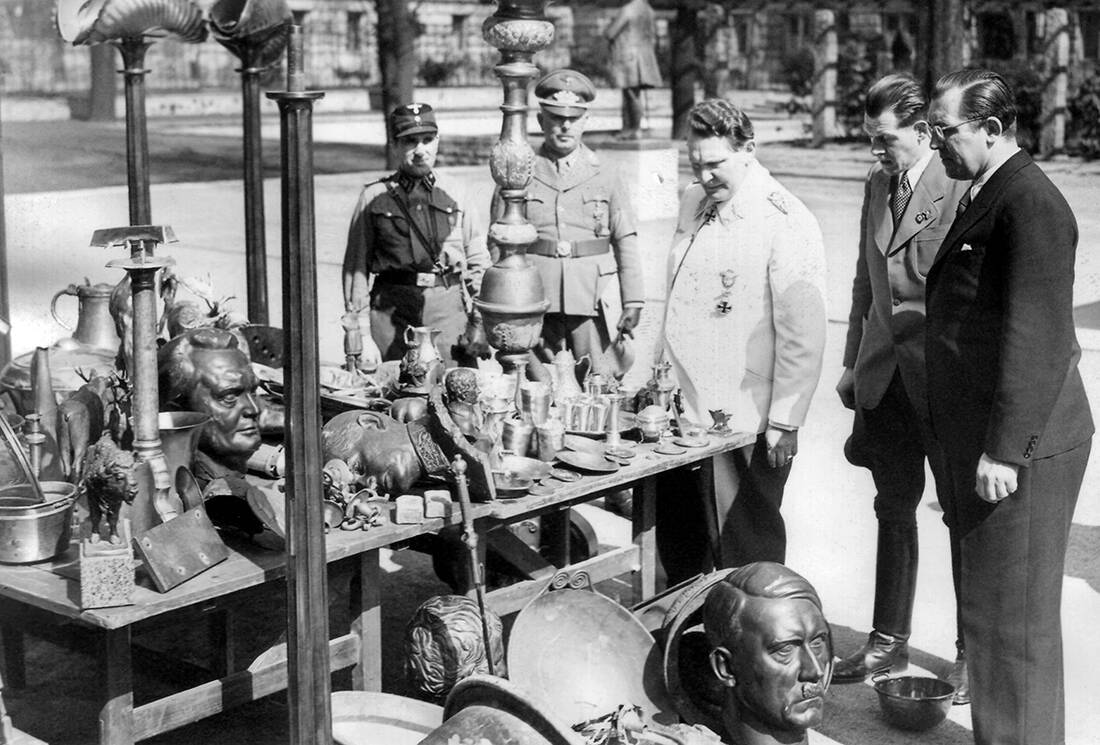
From the earliest moments of World War II, a jet all-wing fighter was envisioned. At one point they approached him Hermann Goering, the No. 2 of the Nazi mechanism that functioned as Minister of Aviation, and presented their idea to him.
The pilot of World War I and now Marshal of the Third Reich was so excited by the two brothers' plan that he immediately gave them 500.000 marks to make three prototypes.
In 1943, Goering called on Reich's aeronautics to build him planes based on his own dream, which he called "3« 1.000 ". To carry bombs of 1.000 kilos, that is, at distances of 1.000 kilometers and at speeds of 1.000 km / h.
Everyone recognized from the start that the Ho 229 was the only thing that could come a little closer to these crazy specifications. Raymar made it and named it H.IX, however Goering changed it to Ho 229.
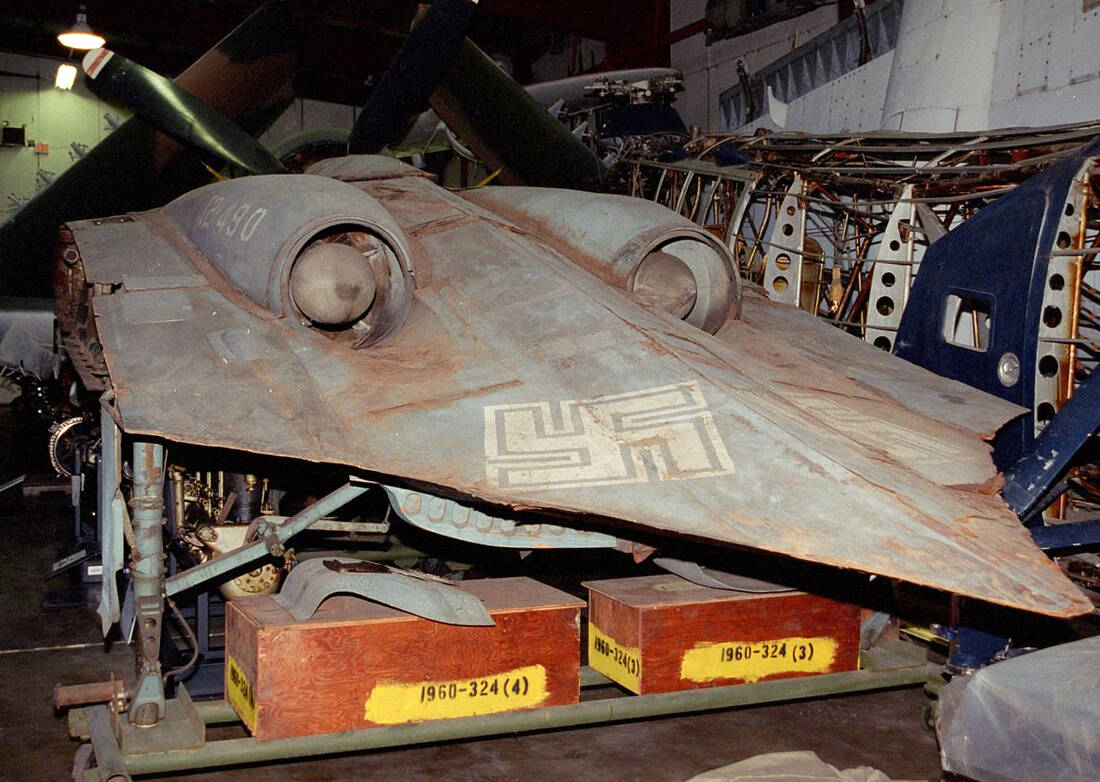
The three prototypes were the V1, V2 and V3, very similar versions of the same thing, with minor improvements each in individual areas. They all had very long wings and no tail.
"Even just making it fly was a revolutionary cut," Lee observes. "There was nothing like it in all the world's airports at the time."
The V1 made its first test run in February 1944 and most were a complete success. Without missing, however, unexpected and minor accidents. The design was so revolutionary that pilots they had to learn to fly it from the beginning.
However, it was considered successful, as time was pressing hard, and Raymar began to build a version with two turbocharged engines.
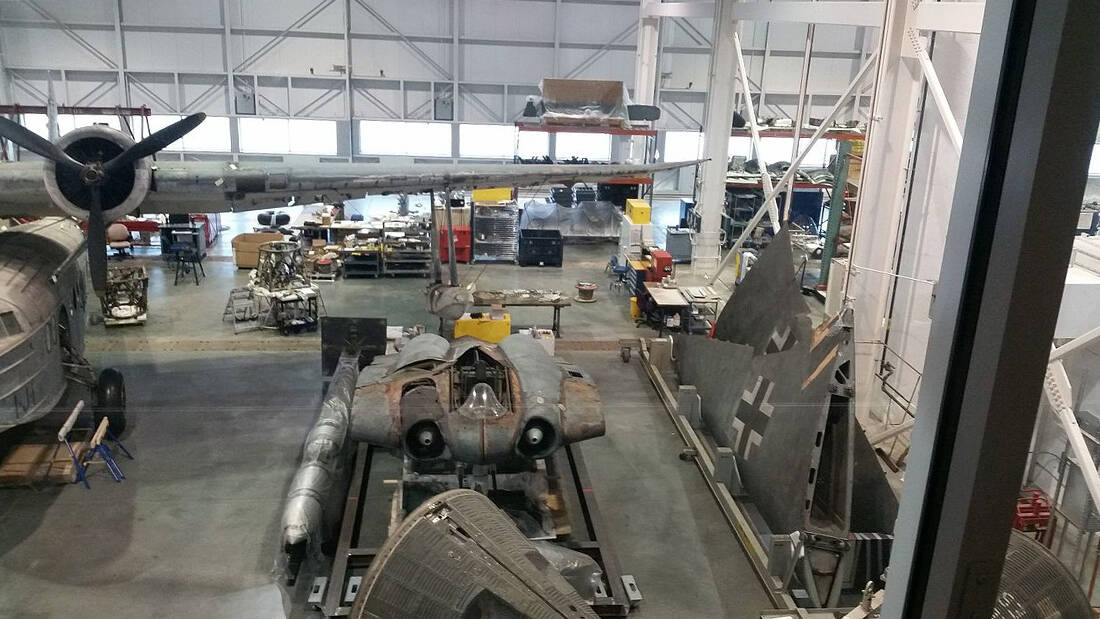
The V2 flew just three times. On its second flight, in February 1945, it was partially damaged during landing and required extensive repairs that greatly delayed its development.
But that did very well up there. The third flight, however, was fatal, killing the pilot. The accident was rather human error
Walter took it to heart. He spoke from the first moment about sabotage. After him war, said that "it was a terrible event. "All our work was done in an instant."

And then came the Ho 229 V3. The pride of the Hortens, which was equipped with two 30 mm machine guns. But it would never fly.
The war in Europe would end three months later. The aircraft was still unfinished. This, and three other incomplete originals, were to fall into the hands of George Patton's Third Army.
Ο Normandy legend he wanted them how and how. The Allies had heard them and were even looking for another Horten prototype, the H.XVIII, a huge intercontinental bomber. "It was just on paper," Lee says today. "They never made it out of wood or metal."
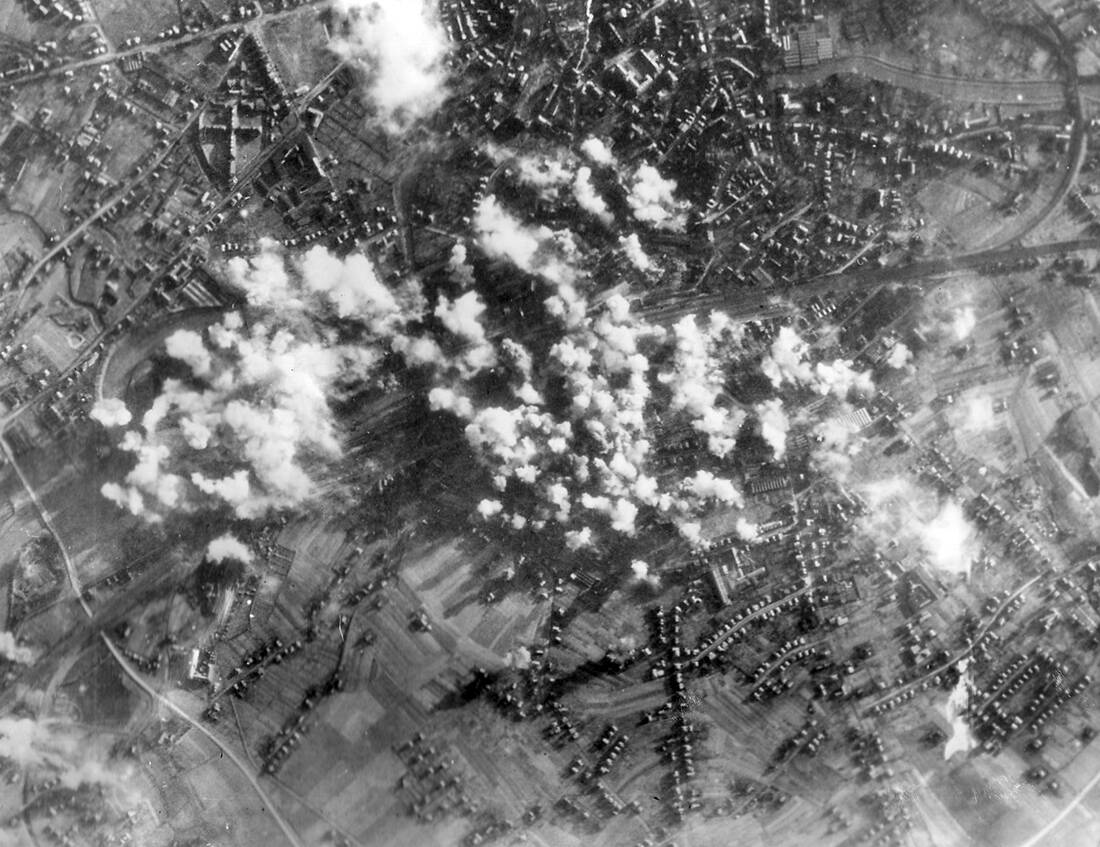
Patton brought the all-wing jet fighter to the US, putting his engineers to decipher his secrets. "His UFO HitlerThey called it now, as it really came from the future.
The U.S. Air Force donated the V3 and a few more original Horten paragliders to build the National Air and Space Museum in 1952.
There they rotted exposed to the weather. Maintenance work would not begin until 2011.
As for the terrible brothers of the air force, after the war they took separate paths. Walter stayed in his homeland and became an officer in the new West German Air Force. He died unseen in 1998.
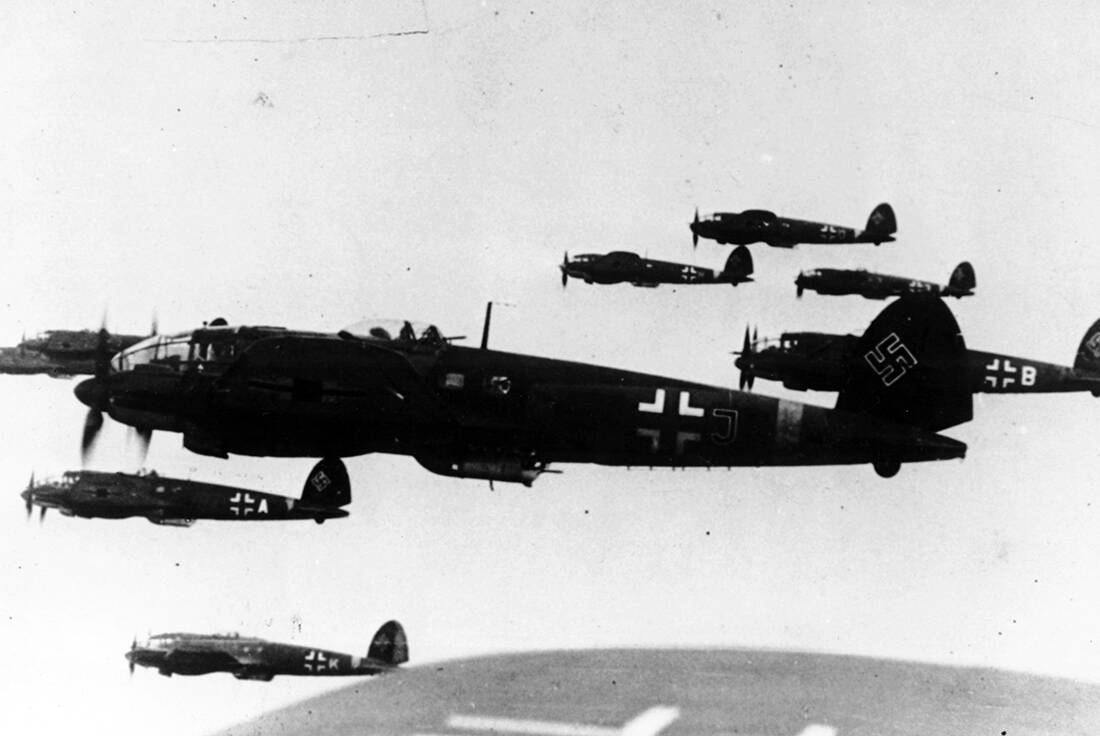
Raymar escaped to Argentina, after failed negotiations with the British, and continued experimenting with all-wing design, but did not find the success of Ho 229 again. He died forgotten in 1994.
"Raymar fell into a difficult situation in the 1950s," explains Lee. "Argentina did not have US aircraft. I don't think he knew that before he got there. "If things had turned out differently, who knows what might have happened."
As for Ho 229, it remains one and only in the American Museum. What was intended was never done. Maybe because the time has not come. Maybe because it was not his time yet…
